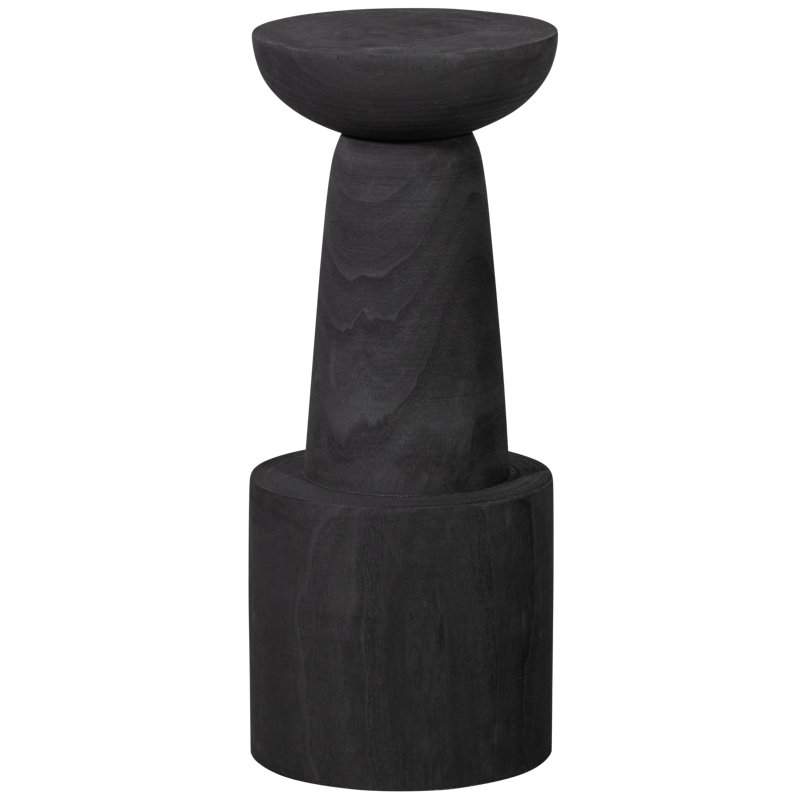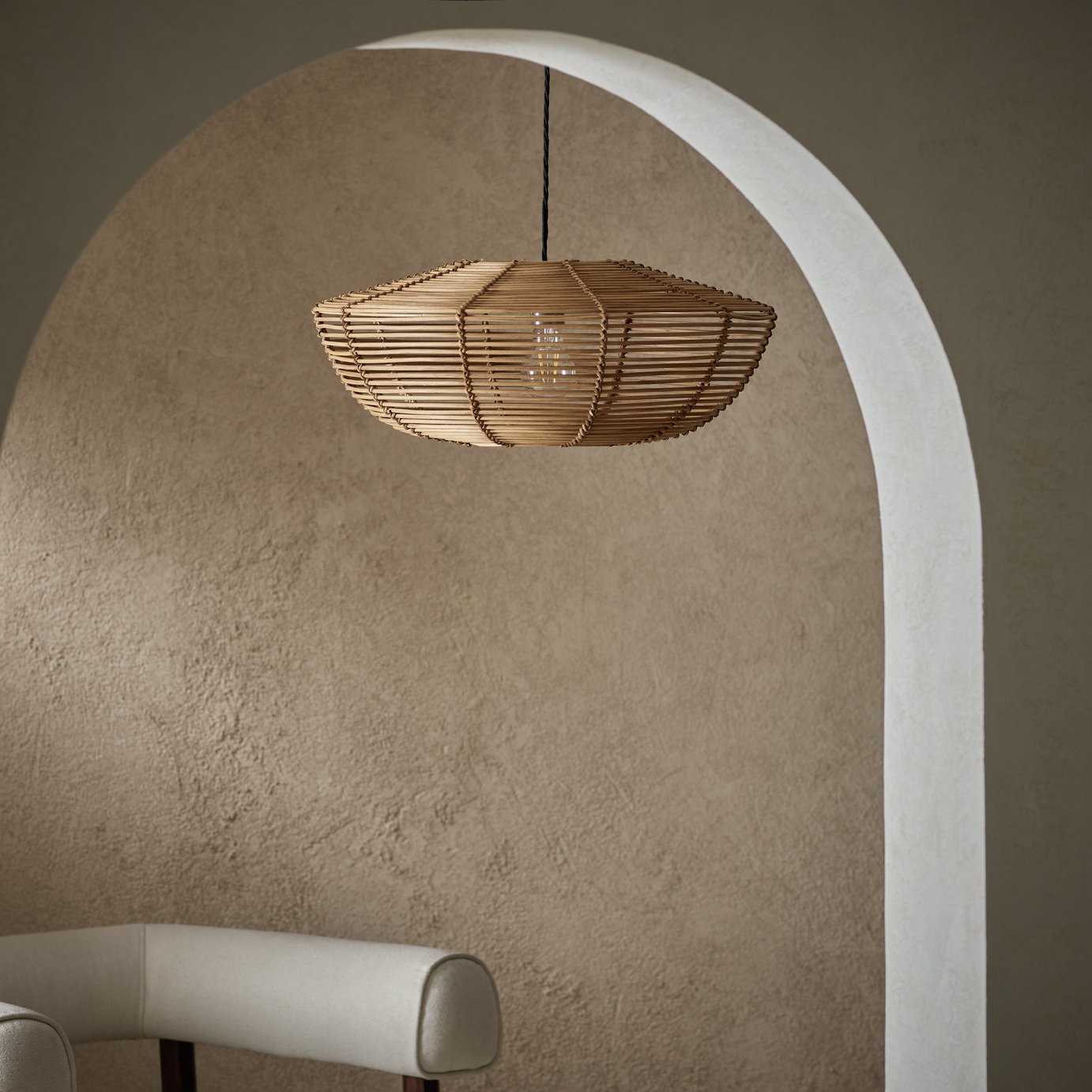I Asked Interior Designers: 'How Do You Ensure a Room Isn't Boring?' These Are Their 5 Top Tips
There's a fine line between 'classic' and 'boring' — here, interior designers share the key elements that make a design stand apart from the rest
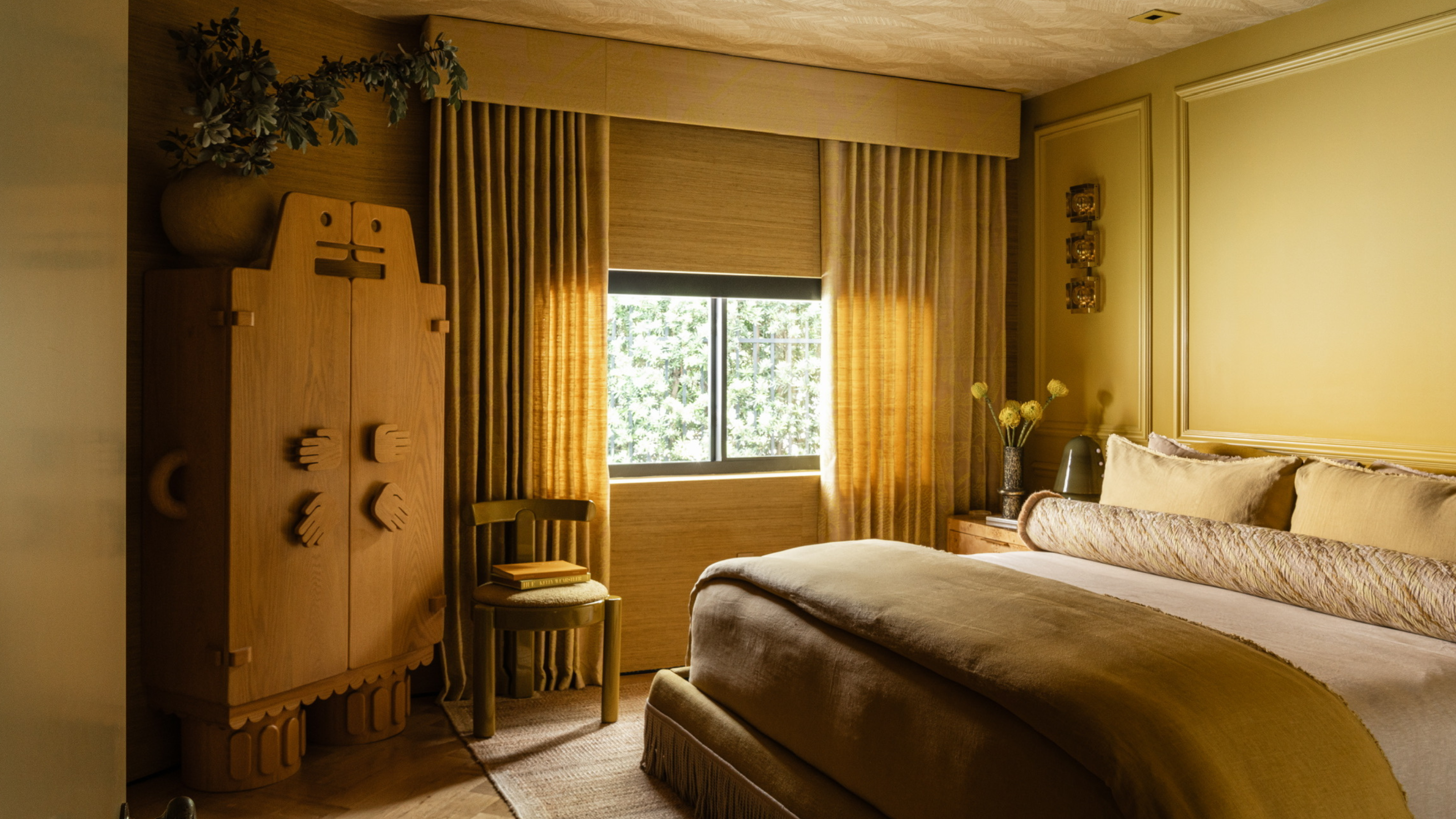

"Predictability is the enemy of interesting design," says Monica Santayana, co-founder of MONIOMI Design, and I couldn't agree more. As soon as you can anticipate what you're likely to see throughout the rest of a home or space, you have succumbed to 'boring' design. Creating a space should be fun, and the result should be a design that is filled with character and personality.
That doesn't mean it has to be full of bold color and clashing patterns, but it does need to spark interest — it's all about the details. And as much as we love a trend, being beholden to the latest interior design trends is the first way you can go wrong — they can be used as inspiration, yes, but not dictate the direction of a design.
Stay true to what you like and what makes you happy, and let that inform your style, as well as help you to create a space that evokes a feeling. But how? I asked interior designers how they ensure a design doesn't fall into the 'boring' category, and these are their five top tips.
1. Disrupt Harmony Just Enough
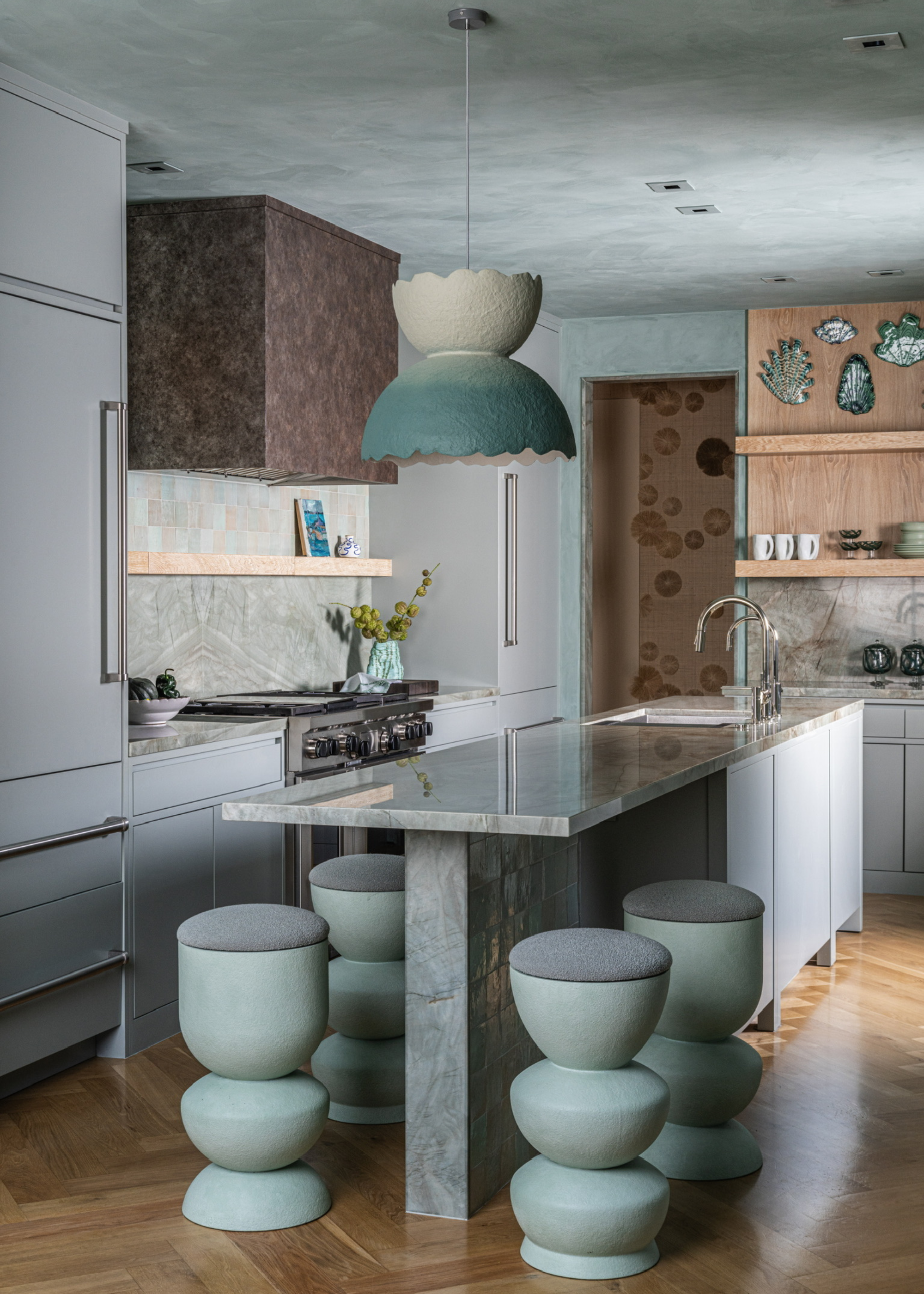
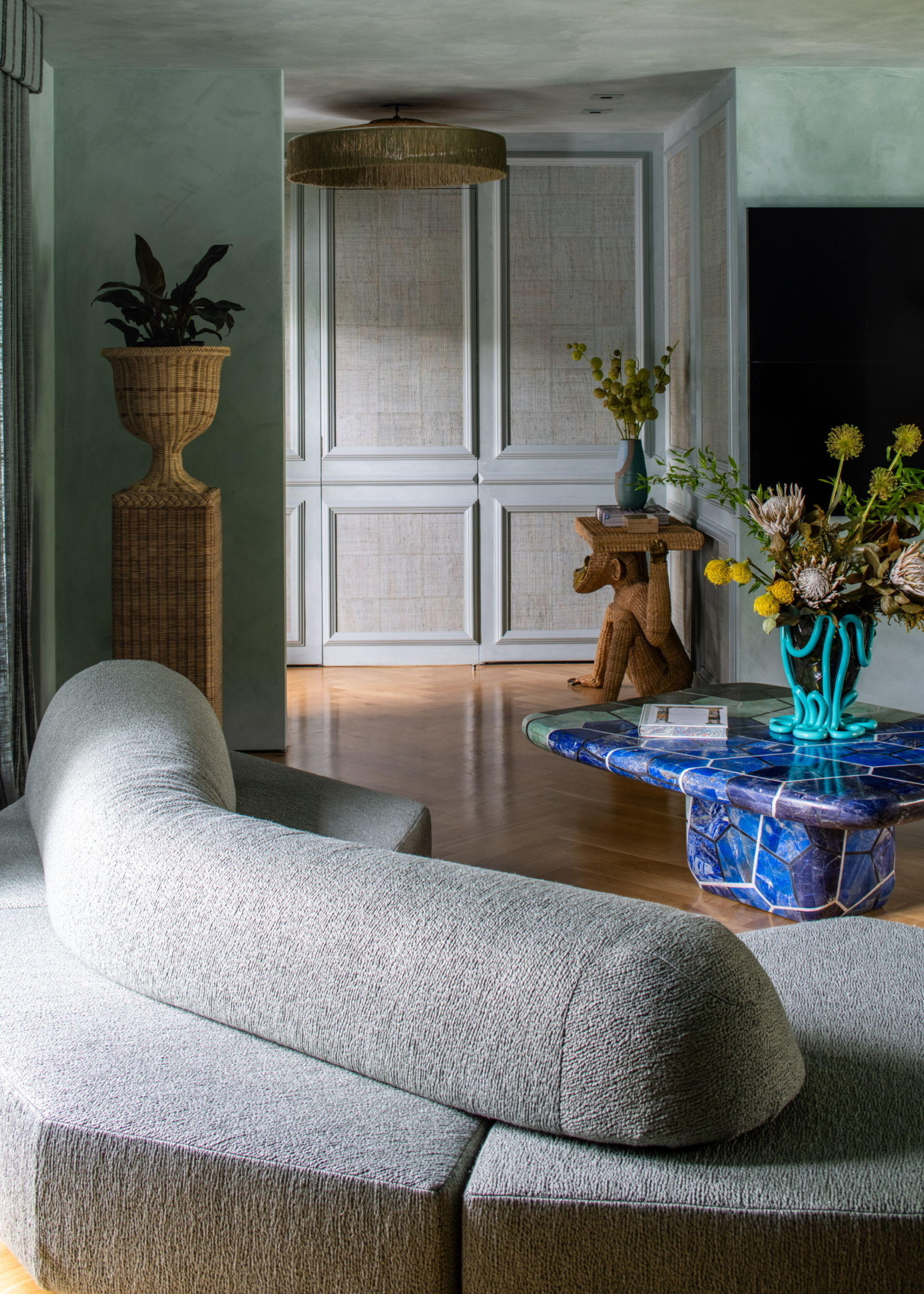

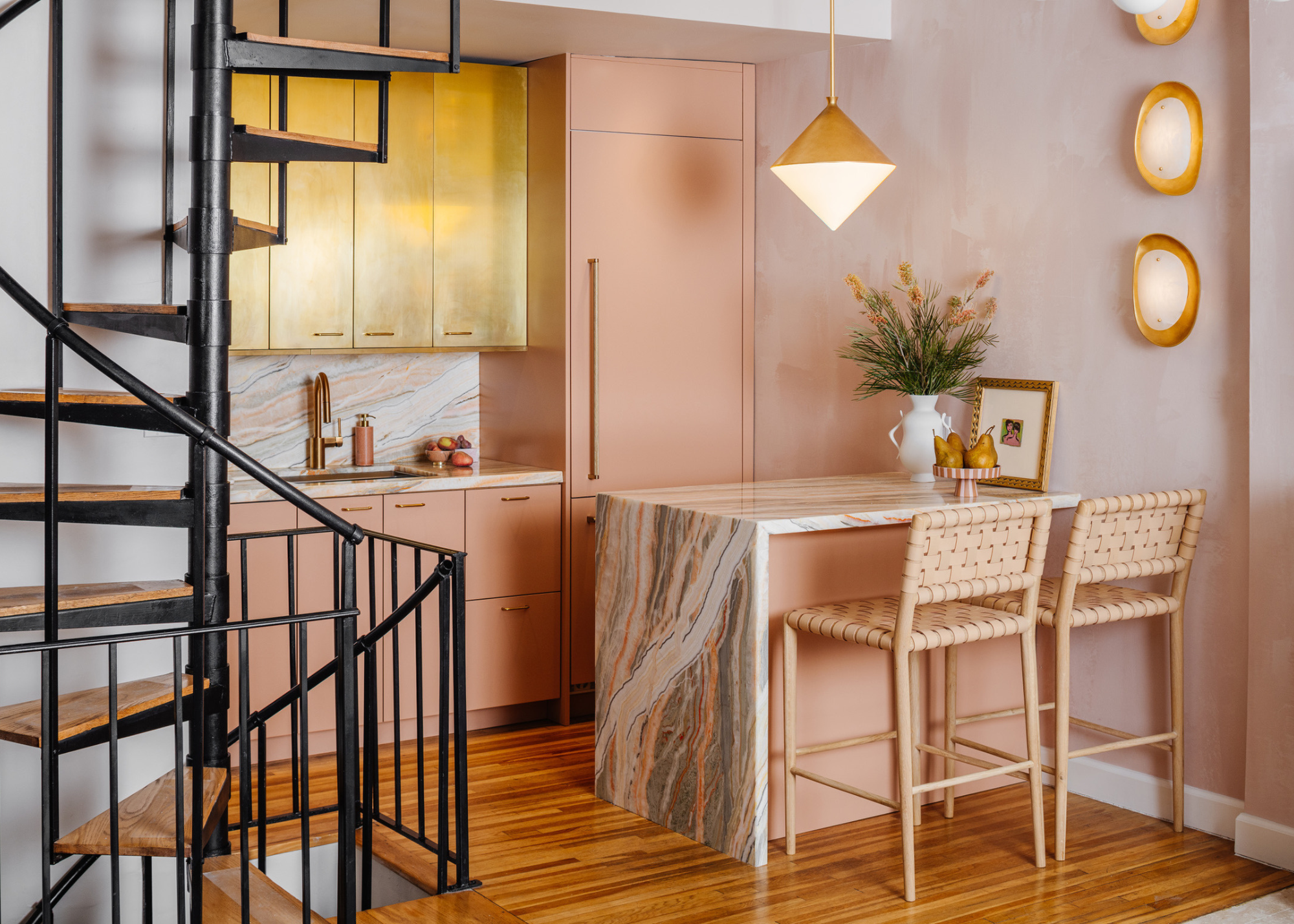
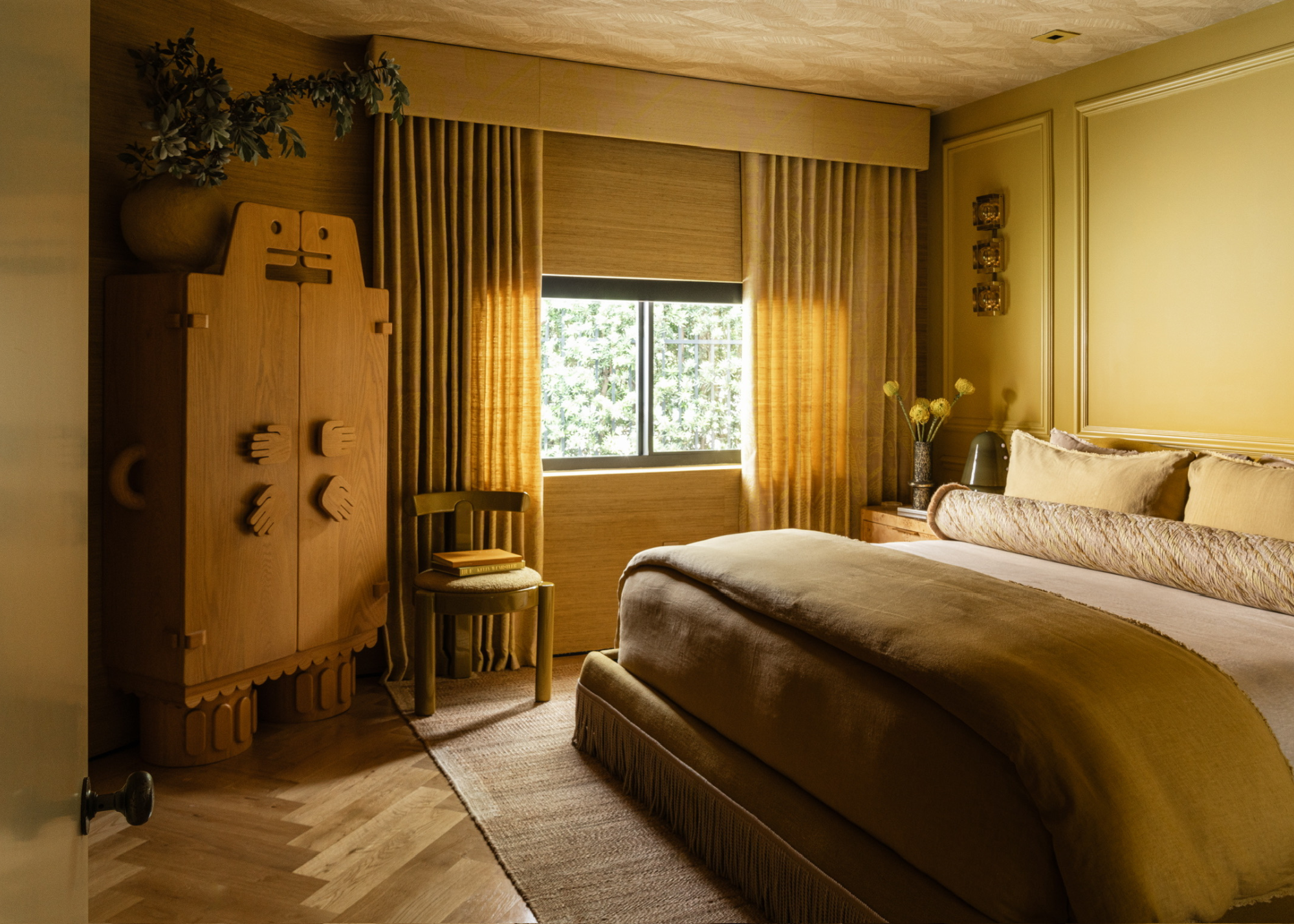
"To avoid 'boring', we disrupt harmony just enough to make things intriguing," says Monica Santayana, co-founder of MONIOMI Design. "That might mean mixing patterns unexpectedly, placing something bold in a quiet room, or exaggerating proportion to keep the eye engaged."
I love the midimalism trend for a design that speaks to diametrically opposed styles to create the perfect 'middle ground'. The key is to stay away from anything too 'samey' or 'matchy matchy'. "We treat every room like its own chapter in a story," continues Monica. "No two spaces look or feel the same, because we want movement, surprise, and moments of discovery as you walk through."
Creating intrigue is a fundamental element of good design — ensure eyes dance from one part of the space to the next, always finding new details and pieces to excite and amaze.
"Design should never feel generic," says Ronald Alvarez, co-founder of MONIOMI Design. "It should evoke a feeling, whether it’s joy, nostalgia, or curiosity. When a space has personality and purpose, it never feels dull."
The Livingetc newsletters are your inside source for what’s shaping interiors now - and what’s next. Discover trend forecasts, smart style ideas, and curated shopping inspiration that brings design to life. Subscribe today and stay ahead of the curve.

MONIOMI Design is an award-winning interior design firm, renowned for its eclectic, bold, and elevated approach. Based in Miami, the husband-and-wife team is at the forefront of a new generation of designers, and their portfolio consists of residential and commercial projects, as well as bespoke furniture and collectible collections.
2. Contrast Textures and Tones


Incorporating contrast in interior design, whether that be through color or texture, is a great way to add visual interest to a space. "For me, the key to ensuring a space never feels boring is to layer contrasting textures and tones," says Camilla Masi, interior designer at Otto Tiles & Design.
"I love starting with a calm, neutral palette as a foundation, then adding in unexpected color or pattern, be it a handmade tile with a rich glaze, a bold stripe or a check on the floor, a pop of bold paint or an interesting wallpaper...something that catches the eye and stops the space from feeling too flat or expected."
Ronald agrees, "We love playing with contrast, hard and soft, organic and graphic, vintage and new. It’s that tension that creates energy. When everything matches perfectly, the space can feel lifeless. We’d rather it feel like a curated collision of ideas."
'A curated collision of ideas' is my favorite summary of this topic — it is exactly that. 'Just enough' collision to create surprise and intrigue, while maintaining the balance and cohesion of the space.
"Even when we use a restrained or tonal palette, we push depth through texture, scale, and sculptural shapes," Ronald continues. Monochrome doesn’t mean flat, it just means we have to be more intentional about how light, material, and form interact."
3. Consider Bold Art Pieces

Even with the striped ceiling and rug, floral curtains and wallpaper, your eyes are still drawn to the gold-framed artwork on the wall.
Like the 'one amazing thing theory', even just one striking piece of art can immediately transform a room from drab to intriguing. Not simply a piece of decor, art can set the tone for an entire space, and when I asked interior designers what one thing they would keep if they had to get rid of everything else, art was at the very top.
"[Art pieces] are often the quickest way to inject soul and individuality into a space," says Manuela Hamilford, creative director and founder of London-based interior design studio, Hamilford Design. "Art invites emotion and conversation and shows who you are.
"When a home truly reflects its people — how they live, relax, entertain, and grow — there’s no room for boring."

Manuela Hamilford leads Hamilford Design, a London-based interior design studio with global reach, designing spaces from listed houses in London to boutique properties in Europe and New York townhouses. The studio's distinctive style is "one that harmonises classic elegance with modern sensibility."
4. Be Playful
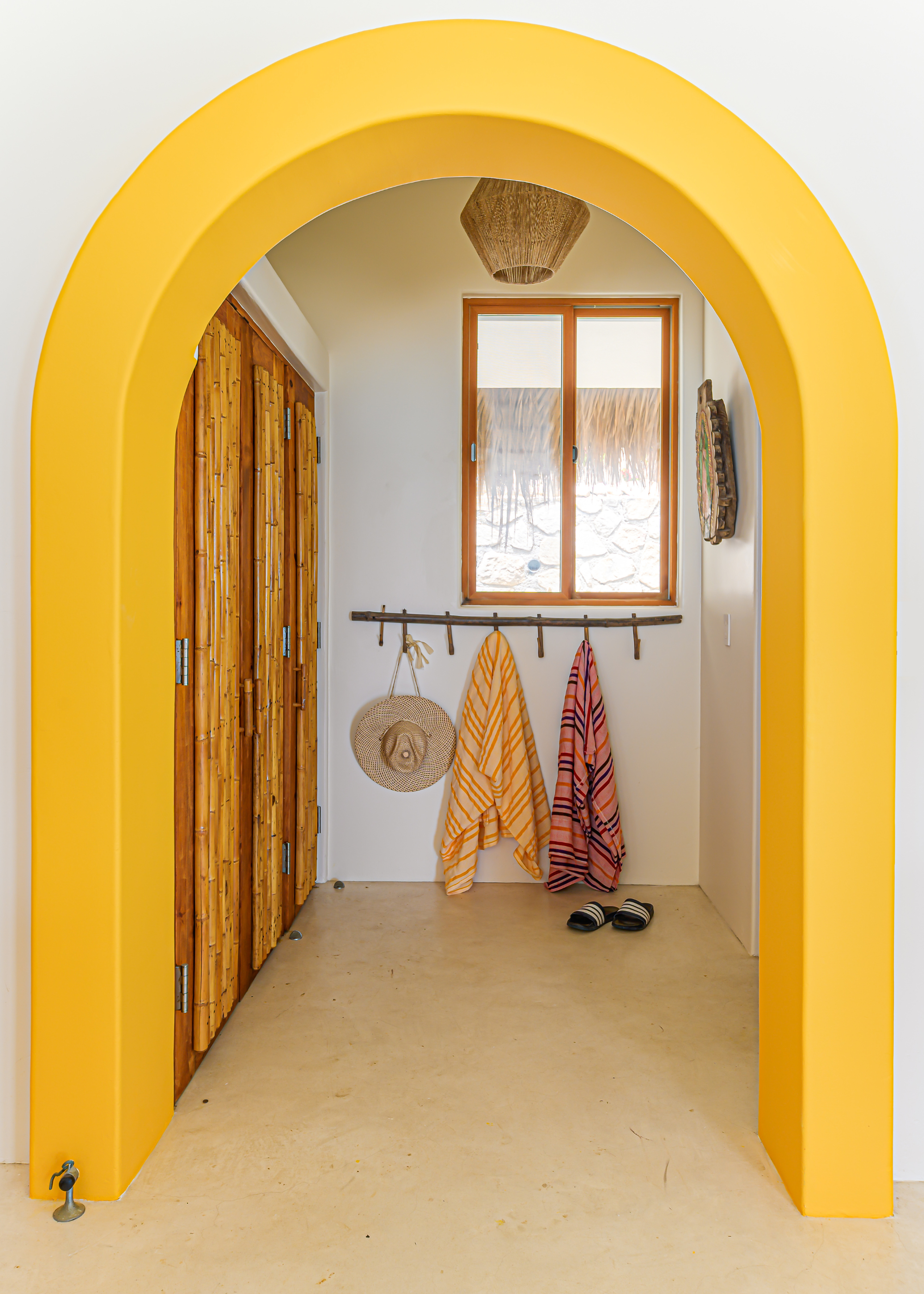
It would be hard not to feel an instant bolt of joy when met with this doorway.
Transitions can often be overlooked in a design, and this is a missed opportunity. Being playful with your partitions — and indeed, all areas of design — is a simple way to create impact and turn what could have been a mundane pass-through between two rooms into a design statement.
"Nothing welcomes guests into a room more than a playful 'entryway'," says Raili Clasen, founder and creative director at Raili CA Design. "For this Baja primary bedroom, the white arch just wasn't inviting. Painting a transition is an easy way to add fun," and this arched doorway idea completely transforms the space.
"Some other ideas are tiling the archway or even adding contrasting wallpaper on either side of the room dividers," Raili continues. Frame the room and create a 'moment'.
5. Don't Be Afraid to Experiment

"In a recent shoot for our House of Liberty fabrics collection, we paired Palm Parade, a striking woodblock floral, against Bombazine, a textured zigzag design. While both of these prints would traditionally be considered statement designs, we tied in the color palettes of blues and reds to allow for the patterns to act in conversation," says Genevieve Bennett, head of design at Liberty Interiors.
Let me rephrase: don't be afraid. The main culprit of boring design is 'playing it safe' — no one ever created an amazing design by doing that. Free yourself from worries about what other people might think — it's your space, after all, not theirs — and be bold, be brave.
“Captivating design is all about playfulness and experimentation," says Genevieve Bennett, head of design at Liberty Interiors. "Don’t be afraid to experiment with unexpected color or pattern pairings in the home: whether it be juxtaposing a graphic stripe against a traditional, ditsy floral, or adding a vibrant pop of color into a more minimal living space.
"Bold prints are a great way to inject a sense of fun into an interior setting — consider starting with a lead textile across an embroidered headboard or statement armchair, and build out from there.” Incorporate the pattern sprinkling trend for a space that exudes both interest and balance.
The corner banquette seating area (above) works in perfect harmony with the red and white striped ceiling, creating a cocooned, cozy space that is anything but boring.
Genevieve Bennett is the Head of Design – Interiors at Liberty, where she has led the relaunch of the category since joining in 2020, drawing on her extensive expertise in pattern, materials, and manufacturing. An award-winning designer, Genevieve has previously collaborated with leading interior brands such as Wedgwood, Mulberry, Knoll, and Heals. In 2008, she founded her own studio, creating bespoke pieces for private collectors and interior designers around the world.
Ultimately, a design will never be boring if it speaks to you — set your personality free in your space. If a space is designed with love, passion, and fun, chances are, it will speak to everyone else, too.
Just be sure not to fall into the trap of one of these outdated interior design rules before you start your next project...

Debbie is Livingetc's deputy editor (digital). She embarked on her career in the publishing industry almost 20 years ago, with experience spanning interiors and fashion brands across both print and digital platforms.
She has worked for titles including ELLE Decoration, World of Interiors, ELLE, Condé Nast Traveller, GQ, and Glamour, among others. She is a lover of all things interiors and loves planning a makeover project. She can often be found moving furniture and decor around her house for the millionth time or else watering her 50 houseplants!
